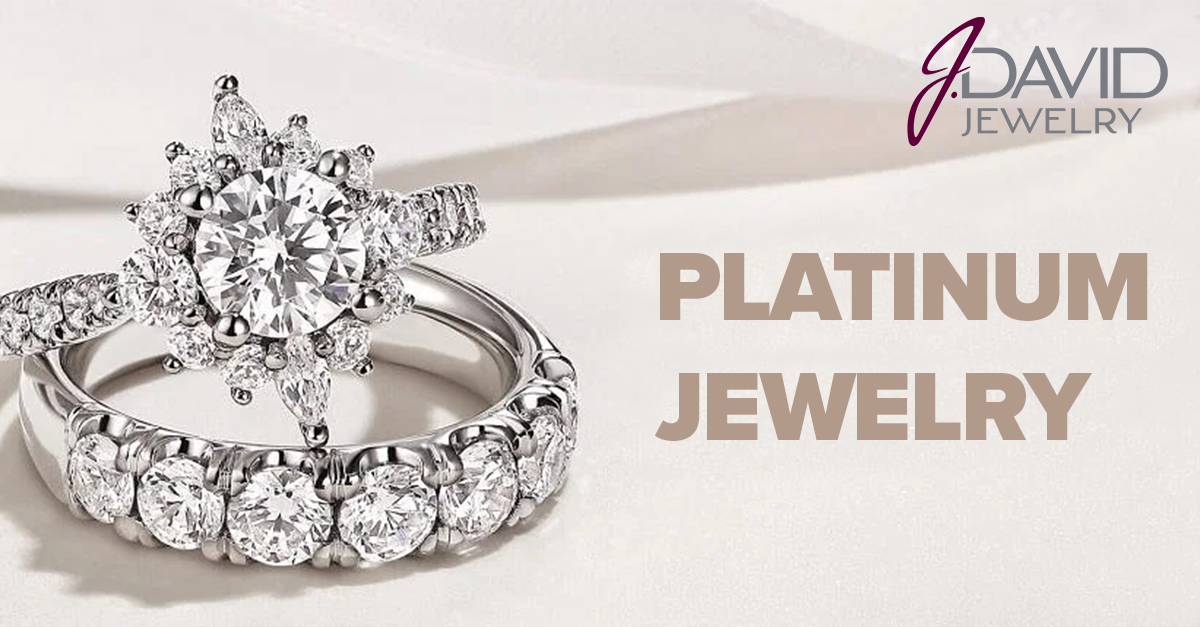
The Allure of Platinum: A Precious Metal Worth its Weight
Platinum, often referred to as "little silver," is a precious metal that holds a special place in the world of jewelry and beyond. With its unique properties, rich history, and scarcity, platinum has captivated people for centuries. In this blog post, we will delve into the origins, composition, and value of platinum, exploring why it is considered one of the most precious metals in the world.The origins of platinum can be traced back to ancient Egypt, where the oldest specimen of platinum was discovered in a casket dating back to the 7th century BC. However, platinum's discovery in modern times is credited to Antonio de Ulloa, who documented it in Europe in 1735 after coming across it during his voyages along the Pacific Coast of South America. Even earlier, in 1557, an Italian scholar, Julius Scaliger, wrote about a unique metal from Central America that was silvery white and could not be melted, which is believed to be platinum. The name "platinum" comes from the Spanish word "Platina," which means "little silver," as the first people who discovered it underestimated its value.
Platinum is a chemical element with the atomic number 78 and the symbol Pt on the periodic table. It is classified as a transition metal, along with gold, silver, copper, and titanium, and is known for its lustrous white appearance. Platinum is often used in jewelry in its pure form, or alloyed with other metals such as ruthenium, copper, cobalt, rhodium, or palladium. Jewelry made from platinum is typically marked with a three-digit number indicating its level of purity, with 950 PT being the most common, meaning that 95 percent of the metal is platinum and the remainder is an alloy. Other acceptable hallmarks of platinum grading include 850 and 900, while the 999 grade signifies a 99.9 percent purity.
One of the reasons why platinum is considered precious and expensive is its rarity. Platinum is estimated to be 30 times rarer than gold, with only about five parts per billion by weight in the earth's crust. To put this into perspective, if all the platinum ever mined were melted and poured into an Olympic-sized pool, the platinum would barely reach your ankles, whereas gold would fill three pools, according to Platinum Guild International USA. The majority of platinum is mined in South Africa, which accounts for over 80 percent of the world's supply, with smaller deposits found in Russia and parts of North and South America. Platinum is found in alluvial deposits and comes in its pure native form as platiniridium, an alloy of platinum and iridium. It is also obtained as thin platinum sulfide layers through mining in Canada, Russia, the USA, South Africa, and Australia. Additionally, a small amount of platinum is obtained as a by-product of copper and nickel refining.
The scarcity of platinum is one of the key factors that contribute to its high value. The principle of supply and demand comes into play, with the limited supply of platinum triggering a significant demand for this luxurious metal. The fact that platinum is difficult to mine and process adds to its rarity and makes it even more valuable. In fact, the high melting point of platinum posed challenges to early explorers who discovered the metal but could not break it down to obtain a pure sample or craft it into jewelry. As a result, platinum was initially considered more of an annoyance than a precious metal worth seeking, and much of it was discarded during gold and silver mining operations. It was only in the 19th century that advancements in technology allowed for the melting and molding of platinum, making it desirable and sought-after.
Share
 info@jdavid.com
info@jdavid.com

